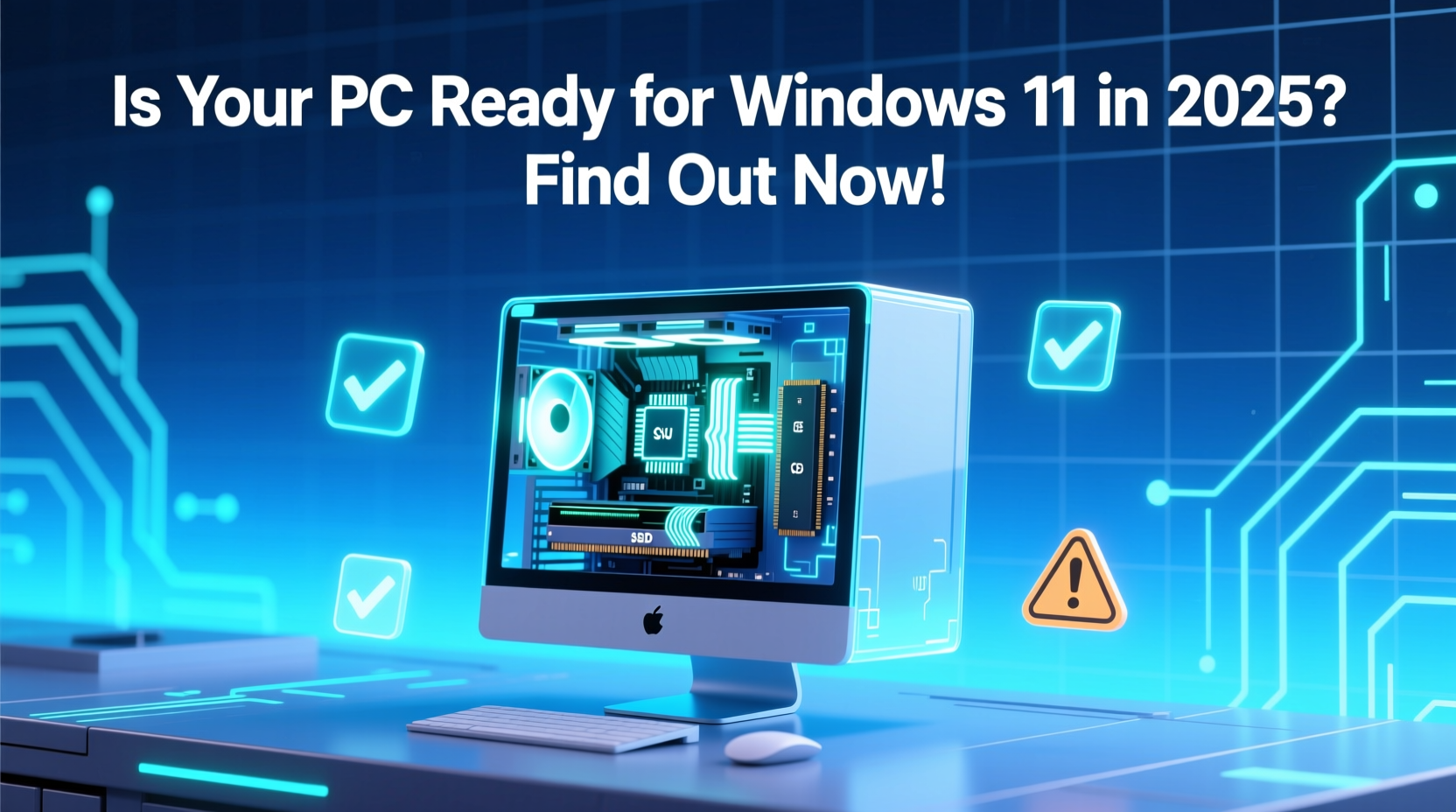Understanding Windows 10 PCs and Their Paths to Future Upgrades
Tetra Images/Getty Images When October 2025 rolls around, your old but still functional Windows 10 PC will no longer receive monthly security updates. As users of Windows 10 face this looming challenge, several options for upgrading emerge. Among the simplest is upgrading to Windows 11, contingent on the system's compatibility. This article delves deeper into understanding whether your Windows 10 PC is poised for this transition or destined for other alternatives.
The State of Global Windows PCs
Globally, the vast majority of Windows PCs, which exceed 1 billion, are running on Windows 10. Age discrimination by Microsoft, in terms of hardware compatibility, remains prevalent, leaving newer systems poised for Windows 11 upgrades while many older systems lag behind. Knowing where your PC fits can clarify whether it will stride into the next decade or settle into digital retirement.
Assessing Your PC for Windows 11 Compatibility
The most critical factor for compatibility is the original design generational age of your PC's components. More important than the purchase date is understanding the design date of the CPU, discerned via the System Information utility (Msinfo32.exe). This tool reveals your processor's type, providing the key to unlocking potential upgrade paths. PCs can be categorized into specific buckets based on their age and design specifications:
Modern PCs: Post-2019 Designs
PCs designed after 2019 generally support Windows 11, including those with Core 8th Generation Intel processors, AMD Ryzen, Epyc CPUs post-2019, and Qualcomm’s Snapdragon 850 or later. These modern machines are equipped with Trusted Platform Module (TPM) version 2.0, meeting the essential criteria for a seamless upgrade. Utilization of Windows Update or the Windows 11 Installation Assistant can ensure these PCs continue functioning optimally for another decade.
Middle-Aged PCs: Designed for Windows 10 (2016-2019)
These systems boast TPM 2.0 despite falling short of Windows 11's supported CPU lists. However, they can gain Windows 11 compatibility through registry edits, allowing continued utility over the next five years. Although not cutting-edge, these systems remain capable for modern tasks.
Old PCs: Designed for Windows 7/8 (2010-2015)
These systems vary widely in capability and include many high-end business PCs that remain competent despite their age. A critical factor for these systems is whether they possess a TPM and whether their CPUs meet new hardware requirements. While many Intel-based PCs can use workaround methods, AMD systems might face limitations due to older instruction support.
The Dark Ages: PCs from 2009 and Earlier
PCs from this period were often restricted by missing TPMs and outdated instruction sets. Consequently, Windows 11 upgrades are unlikely to succeed. Instead, users might consider alternative operating systems such as Linux as these systems often fail to meet modern Windows OS demands.
Future Alternatives for Unupgradable PCs
For older PCs unlikely to successfully transition to Windows 11, several alternative pathways exist. Opting for non-Windows operating systems like various Linux distributions can breathe new life into aging hardware. Furthermore, assessing hardware updates or replacements might be necessary for users determined to stay within the Windows ecosystem.
| PC Design Period | Upgrade Path | Key Considerations |
|---|---|---|
| Modern PCs (Post-2019) | Direct upgrade to Windows 11 | Meets all Windows 11 hardware requirements |
| Designed for Windows 10 (2016-2019) | Upgrade via registry edits | Includes TPM 2.0 but not supported CPUs |
| Designed for Windows 7/8 (2010-2015) | Conditional upgrade with workarounds | Variable capability; dependent on CPU strength |
| Pre-2009 PCs | Consider alternative OS | Generally incompatible with Windows 11 requisites |
Conclusion
While Windows 11 presents a progression for many, the landscape varies based on hardware age and specifications. Whether upgrading or shifting to alternative solutions, each PC's unique attributes will dictate its path forward. As Windows 10 support wanes, clarifying your machine's future with upgrades or alternatives is essential in maintaining technological parity.











 浙公网安备
33010002000092号
浙公网安备
33010002000092号 浙B2-20120091-4
浙B2-20120091-4